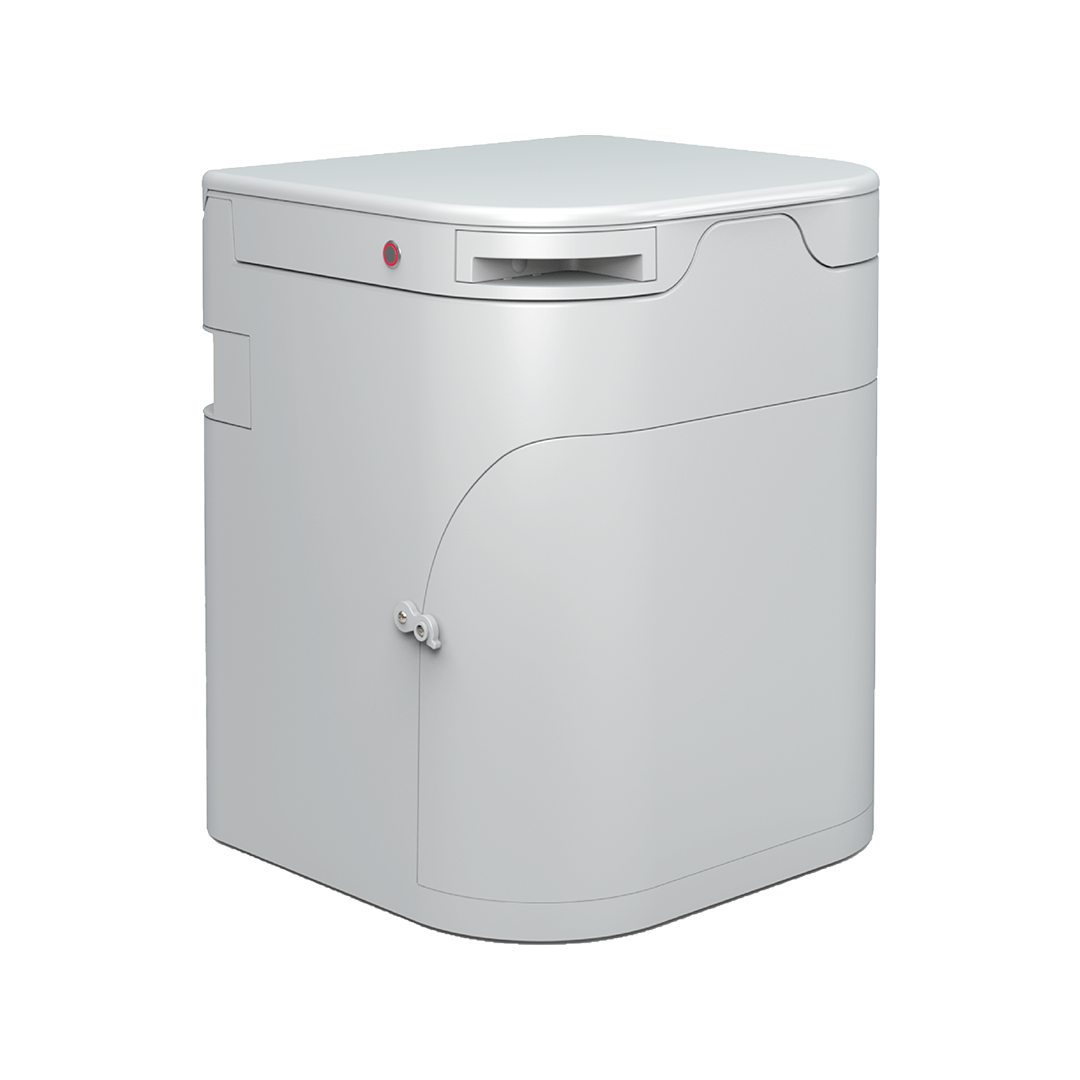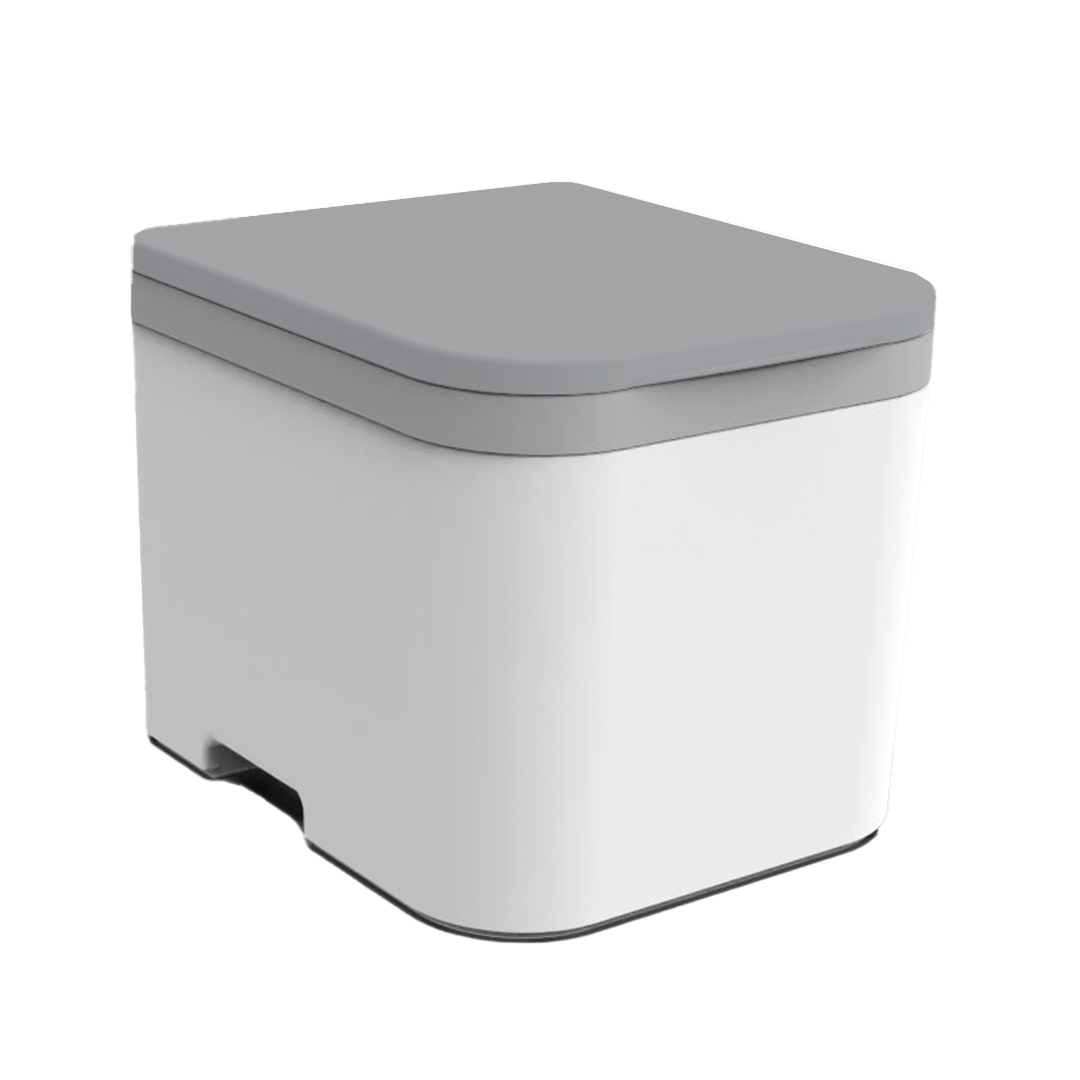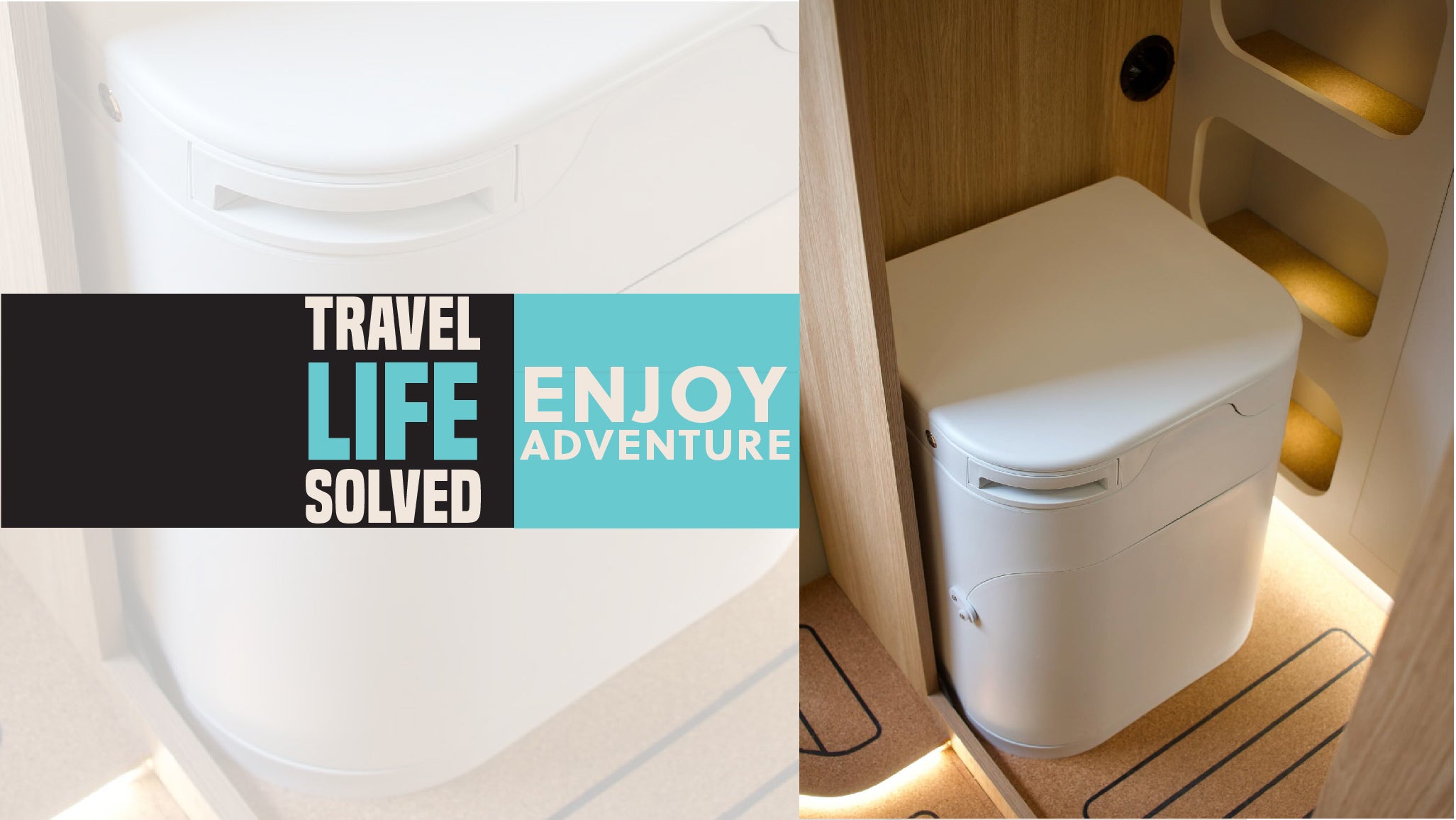In the realm of sustainable living, composting toilets stand out as a revolutionary solution for managing human waste while minimizing environmental impact. Among the many factors to consider when setting up a composting toilet system, the choice of compost medium plays a crucial role. In this article, we'll delve into the nuanced differences between two popular options: coco coir and sphagnum peat moss, to help you make an informed decision for your OGO™ ORIGIN Compost Toilet.
Understanding Coco Coir: The Eco-Friendly Alternative
Derived from coconut husks, coco coir has swiftly risen to prominence as a sustainable alternative to traditional peat moss. Let's explore its key attributes in detail:
1. Sustainability: Coco coir is a renewable resource, making it an environmentally conscious choice for composting applications. Unlike peat moss, which is harvested from fragile peat bogs, coco coir production does not contribute to habitat destruction or carbon emissions.
2. Exceptional Moisture Retention: One of coco coir's most notable qualities is its remarkable water retention properties. Due to its high lignin content, coco coir retains moisture efficiently, ensuring consistent hydration levels within the compost pile. This is particularly advantageous in arid climates or during periods of low rainfall.
3. Enhanced Aeration: Coco coir provides optimal aeration to the composting process, facilitating the activity of aerobic bacteria essential for breaking down organic matter. Its fibrous structure promotes airflow within the compost pile, preventing anaerobic conditions that can lead to unpleasant odors and incomplete decomposition.
Exploring Sphagnum Peat Moss: The Time-Tested Favorite
For decades, sphagnum peat moss has been a go-to medium for composting due to its moisture-retentive and slightly acidic nature. Let's delve deeper into its distinctive characteristics:
1. Superior Moisture Retention: Peat moss excels at retaining moisture, thanks to its high absorbency and water-holding capacity. By maintaining consistent moisture levels within the compost pile, peat moss creates an environment conducive to microbial activity and decomposition.
2. pH Balancing: The slightly acidic pH of peat moss can help balance the acidity of the compost pile, fostering a conducive environment for microbial activity. This can be particularly beneficial in composting toilets, where pH regulation is essential for odor control and pathogen suppression.
3. Widely Available: Sphagnum peat moss is readily accessible at garden centers and nurseries, making it a convenient option for composting enthusiasts. Its widespread availability and established reputation make it a trusted choice for those seeking reliability and convenience in their composting endeavors.
Making the Right Choice for Your OGO™ ORIGIN Compost Toilet
When it comes to selecting a compost medium for your OGO™ ORIGIN Compost Toilet, both coco coir and sphagnum peat moss offer distinct advantages. Here's what to consider:
1. Compatibility: The OGO™ ORIGIN Compost Toilet is designed to work efficiently with both mediums, ensuring optimal performance and odor control. Whether you choose coco coir or sphagnum peat moss, rest assured that your composting toilet will function effectively with either option.
2. Environmental Impact: While both options are suitable for composting, coco coir may hold a slight edge in terms of sustainability due to its renewable nature. Peat moss harvesting can have detrimental effects on fragile peat bog ecosystems, leading to habitat destruction and carbon emissions.
3. Personal Preference: Factors such as availability, cost, and individual preferences should inform your decision-making process. Consider your local climate, composting goals, and environmental values when selecting the ideal medium for your OGO™ ORIGIN Compost Toilet.
Conclusion: Finding Harmony in Composting
In conclusion, whether you opt for coco coir or sphagnum peat moss, the OGO™ ORIGIN Compost Toilet offers a sustainable and efficient solution for managing human waste. By carefully considering the attributes of each medium and aligning them with your specific needs and values, you can create a composting system that not only meets your requirements but also contributes positively to the environment. Choose wisely and embark on your journey towards eco-friendly living with confidence and conviction.




